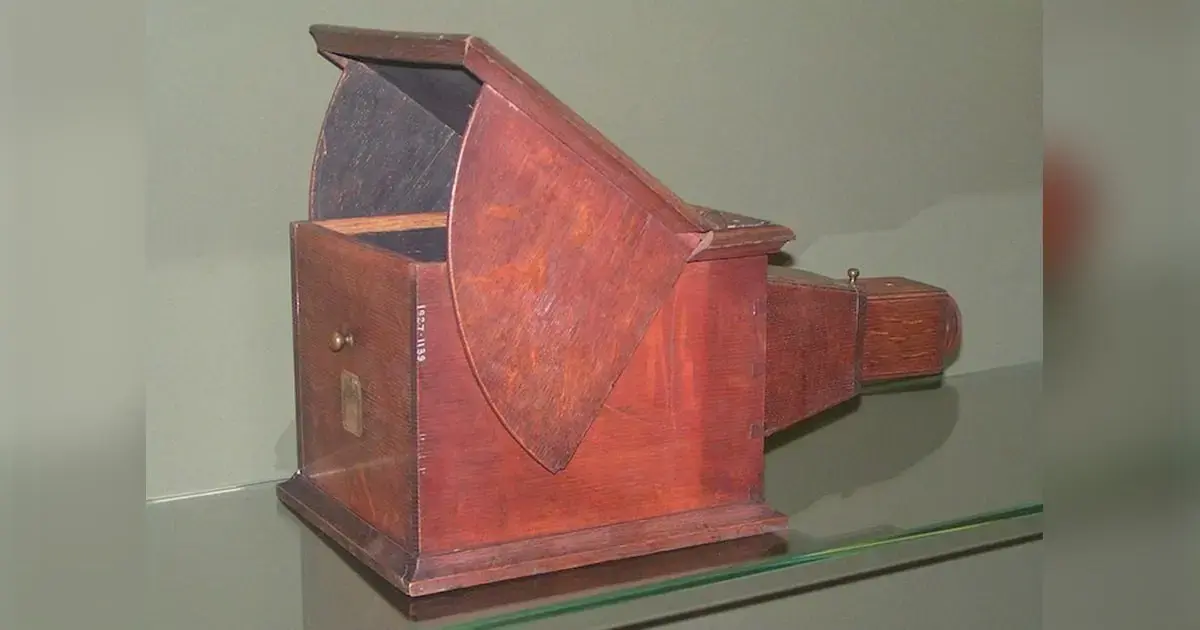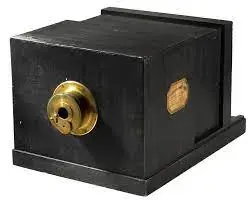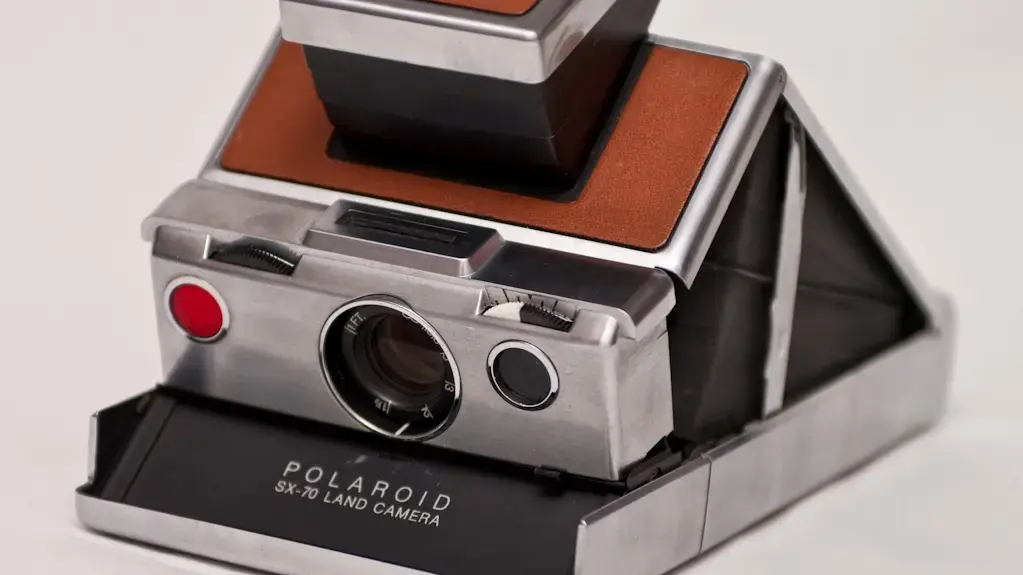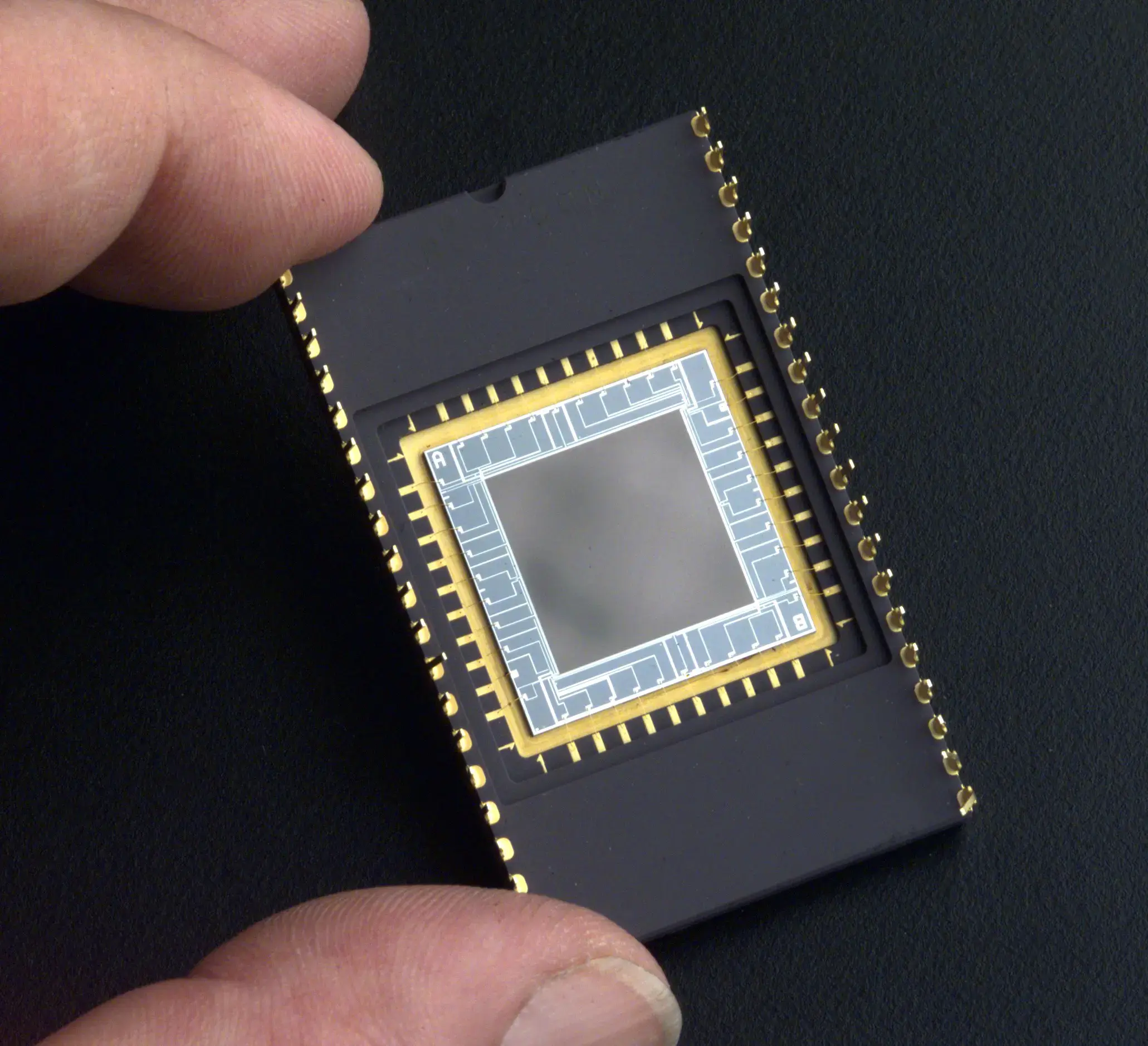Evolution and Develoment Timeline of Camera: Now and Then
- Visual Arts
Evolution and Develoment Timeline of Camera: Now and Then
Contact us
Bengaluru
Campus 1 : JD School of Design, No. 18-1, Brigade Road, Bengaluru,Karnataka – 560 001.
Campus 2 : No. 40, Swan House, 4th Cross, Residency Road, Bengaluru, Karnataka – 560001.
Goa
Musthtifund Saunstha , Near Mahalaxmi Temple,Dada Vaidya Road, Goa-403001
Evolution of the Camera over the years, photography has been essential for preserving historical details and your most priceless family moments. The truth is that cameras have existed since the 1600s and even earlier. Capture archival experts have compiled a thorough history of the camera to help you understand how technology evolved from pre-film cameras to the digital camera or smartphone you use to shoot pictures of family get-togethers.
Continue reading to learn about the major turning points in the history of cameras, including the daguerreotype, roll film, 35mm film, Polaroid, digital cameras, and smartphones.
Evolution of Camera Obscura: The Original Camera

The majority of people think that the camera obscura was the original precursor to film cameras. A tiny hole, or lens, allowed a naturally occurring phenomenon called a “dark room” or camera obscura to project an image. Because this impact can be observed in natural environments, its origins have been determined to be around 400 BC.
“When was the first camera invented?” is a common question. The pinhole camera box, which dates back to between 900 and 1000 AD, is often credited to Ibn al-Haytham. On the other hand, it has been established that the earliest documented application of a manufactured apparatus to produce a portable camera obscura effect occurred around 1550.
René Descartes and Leonardo da Vinci were two prominent thinkers of the time who studied optics and used the camera obscura for drawing. Actually, the word “photography” originally meant “drawing with light.”
Then, in 1685, Johann Zahn invented the first portable camera for use in photography. Nevertheless, it took more than a century for the pinhole camera obscura effect to produce the first ever lasting photograph.
Joseph Nicephore Niepce used a sliding wooden box camera to manage the camera obscura phenomenon in 1826. He exposed bitumen-coated pewter for eight hours. Then, in 1834, Henry Fox Talbot discovered a method for fixing images on paper by combining chemistry and optics. This made it possible to create numerous print negatives for the first time.
Camera Obscura methods included using light to expose contrasting images, directing light with a pinpoint lens, and researching optics in general. These methods would influence more commonplace later photography technologies such as celluloid film and daguerreotypes.
Evolution of Daguerreotype Camera to Capture Historical Images

Wikipedia
After the first permanent images were produced in the early 1800s, Louis Daguerre’s invention of the daguerreotype, a metal plate process, in 1839 brought photography one step closer to its future. This format requires the development of a copper plate coated in silver chloride with hot mercury and iodine sensitization. It may appear challenging by today’s standards, but at the time, it transformed photography even more successfully.
The Giroux was a mirrorless daguerreotype camera with a glass screen that could be removed to change the focus. It was the first mass-produced photography camera ever made. After the copper plate was inserted, the photographer unsnapped the top to allow light to pass through and capture an image.
The completion time ranged from a few to thirty minutes. Nevertheless, by utilising new lens designs, improving the chemical process, and making other advancements, later daguerreotype cameras and competing calotype cameras shortened the exposure time to a few seconds.
One of the most important evolutions in cameras throughout the 1800s was the use of a concave mirror in place of a lens within a daguerreotype camera. When Alexander Wolcott invented the mirror lens in 1839, he was granted the first US patent for photography. This translates to a shortened exposure period of about five minutes!
It was also during this period that daguerreotype cameras were invented, along with a host of other contemporary lens varieties and the use of chemicals in mirror development. This allowed for the evolution of the first motion picture cameras and multi-exposure roll film cameras.
Rolling Film: Multiple Views
National Museum of American History
he first camera to use a single roll of celluloid emulsion film was the Kodak, created in Rochester, New York, by George Eastman in 1888. The original Kodak camera could capture negatives in milliseconds, compared to other camera innovations. Eastman Kodak was going to develop the movie and market it as a point-and-shoot option.
The company became one of the largest in the US as a result of the popularity of the original Kodak camera, and this allowed them to continue developing new camera models, like the well-known Kodak Brownie, which debuted in 1900.
The Brownie model made photography affordable and within the reach of most middle-class households for the first time in its history. This meant that more individuals than ever could capture social events like weddings and family get-togethers.
This period saw the invention of various innovations that will further forward the evolution of the camera: the portability of point-and-shoot cameras, the simplicity of done-for-you photography, and the capacity to record several exposures on a single roll of film.
35mm Film: Portability and Flexibility
The next big evolution in photographic film was the 1934 release of Kodak 135 film. This 35mm-wide film made it possible to use the same kind and size of film in cameras made by any manufacturer.
Additionally, since the film canister would automatically adapt, the camera operator would only need to insert it, wrap it, and watch as each picture was taken. When the roll is full, the photographer may open it without worrying about overexposing the light-sensitive film.
Even though Kodak was the first company to create 35mm film, Oskar Barnack’s Leitz Leica brand would go on to provide a number of features that are now standard on cameras. The Leica One included interchangeable lenses when it was first released in 1930. Later Leica models would be equipped with the modern viewfinder, range finder, and 1/1000th of a second shutter speed.
In the 1950s, Fujifilm released the first instant-return mirror single-lens reflex (SLR) and twin-lens reflex (TLR) cameras. The Nikon F 35mm SLR, which included a complete set of lenses, motor drives, straps, and other accessories, was also released at this time. Not shortly after, in 1961, Thomas Sutton, the man who invented the SLR camera, took the first colour picture.
Photojournalism has grown significantly in popularity as a result of these camera technologies’ lightweight and user-friendly features. These developments led to the creation of the very photo-heavy Life magazine in 1936, which would become the norm for more than 80 years.
Polaroid Camera: Instant Gratification

The Irish Times
Daguerreotype exposure times of thirty minutes are long gone, but the advent of quick cameras further accelerated their development. In 1948, Edwin Land founded the Polaroid Corporation, which went on to become the industry leader in instant photography and the manufacture of instant cameras.
In Polaroid cameras, silver halide emulsion is used to stick the film negative to the film positive. The user would throw away the negative after peeling the two components. In subsequent generations, Polaroids would complete this procedure on their own. The evolution of Polaroid cameras were hugely popular throughout the 1970s, 1980s, and even into the 1990s.
For many people, nothing evokes happier memories faster than snapping and getting a family photo, or the traditional white-framed Polaroid. Consequently, Polaroid continues to manufacture instant cameras; the latest model is scheduled for release in 2021.
Fast cameras have made it much easier to share physical copies of photos at family gatherings, and modern digital cameras also promise fast satisfaction.
.
Digital Camera and the Digital Revolution
 Wikipedia
Wikipedia
Early digital photography made use of the charged-couple device (CCD), which was created in 1969. Engineer Steven Sasson of Kodak created the first working digital camera prototype in 1975. However, the early digital camera was unpleasant, with a 23-second exposure duration and a resolution of only 0.01 megapixels.
In 1990, Logitech produced the Dycam Model 1, the first digital camera to go on sale. Rather than utilising the same CCD technology, it recorded the data onto internal memory, which made it possible for you to link it to your PC for downloading, printing, and viewing. Digital manipulation software was also made available in the early 1990s, enabling you to attain evolution in photography, modify, and process digital photos at home.
With the help of Japanese firms like Nikon and Canon, the digital camera industry saw a rapid change in the form of digital single-lens reflex cameras, or DSLRs. These digital SLR manufacturers still control the majority of the digital camera industry, along with Fuji and Sony.
Pocket Cameras for Smartphones

Wikipedia
The majority of people use the camera phone, which is the only type of camera still in use today. The first mobile phone to feature a camera was the Kyocera VP-210, which was introduced in 1999. The smartphone’s 2-inch screen made it possible to view photos right away, but this was before mobile phone cameras became commonplace.
The initial Apple iPhone made it easy to send and receive digital photographs between devices. In these early iPhone models, the earlier CCD technology was replaced with complementary metal-oxide semiconductor (CMOS) chips.
Modern cell phones are equipped with many lenses, high definition, video playback, and a host of other features. Because cell phones these days have such high-quality photos, many people no longer use classic digital cameras. However, a digital camera not only makes it easier to shoot action shots in poor light and other conditions, but it also brings back memories.
Even though the direction of the camera’s evolution is uncertain, automated cameras with features like facial recognition, automated photo editing, artificial intelligence, and more will continue to extend the history of the camera.
To sum up,
The evolution of the camera began with the camera obscura, but there have been other significant turning points as well, like the daguerreotype, which allowed for permanent, repeatable photography, 35mm film, and portable cameras, which increased the accessibility and usability of home cameras. In the present era, film cameras have been replaced as the most popular and widely used forms of cameras by digital and smartphone cameras.
After achieving each of these milestones, families discovered that it was easier to document important events such as birthdays, marriages, graduations, infants, and other cherished moments. These treasured moments are nevertheless captured on film for many families; however, the quality of the footage ages with time. Capture may convert your old photo memories to digital format, ensuring that they are preserved for sharing and enjoyment by future generations.

